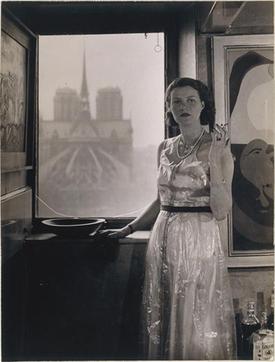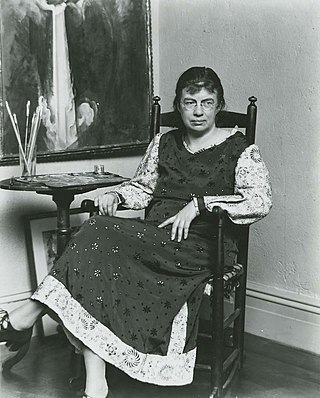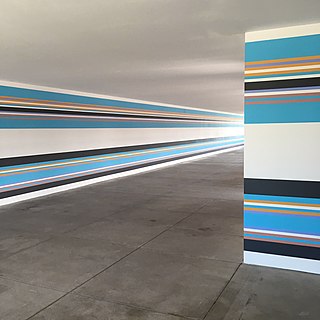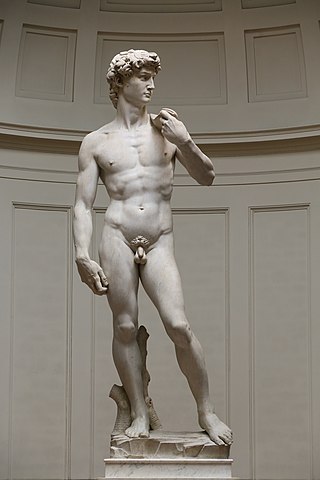Marguerite Burnat-Provins | |
|---|---|
 | |
| Born | 26 June 1872 |
| Died | 20 November 1952 |
| Nationality | |
Marguerite Burnat-Provins (June 26, 1872, Arras - November 20, 1952, Grasse) was a French and Swiss writer and painter.
Marguerite Burnat-Provins | |
|---|---|
 | |
| Born | 26 June 1872 |
| Died | 20 November 1952 |
| Nationality | |
Marguerite Burnat-Provins (June 26, 1872, Arras - November 20, 1952, Grasse) was a French and Swiss writer and painter.
Burnat-Provins was the oldest of seven children born in a middle class family. Her father encouraged her artistic talents and she left Arras for Paris in 1891 to study at a number of schools with art-focused curricula as École des Beaux-Arts did not admit women at the time. [1]
She moved from Paris to the Swiss village of Vevey when she married the Swiss architect Adolphe Burnat-Provins. Vevey became the setting of many of her early works. [2] She wrote constantly for a period of twenty years and then more sporadically later in life. During this time she was prolific watercolor painter; many of her works, along with poems and original editions of her books, were destroyed or stolen during World War I.
Her work was noted for its sensuality. Two of her books, Le Livre pour toi (1908) and Cantique d'été (1910), focused on the nude male body, using language that male poets had historically used to describe female nudes for centuries.

Suzanne Valadon was a French painter who was born Marie-Clémentine Valadon at Bessines-sur-Gartempe, Haute-Vienne, France. In 1894, Valadon became the first woman painter admitted to the Société Nationale des Beaux-Arts. She was also the mother of painter Maurice Utrillo.

Marguerite "Peggy" Guggenheim was an American art collector, bohemian, and socialite. Born to the wealthy New York City Guggenheim family, she was the daughter of Benjamin Guggenheim, who went down with the Titanic in 1912, and the niece of Solomon R. Guggenheim, who established the Solomon R. Guggenheim Foundation. Guggenheim collected art in Europe and America between 1938 and 1946. She exhibited this collection as she built it. In 1949, she settled in Venice, where she lived and exhibited her collection for the rest of her life. The Peggy Guggenheim Collection is a modern art museum on the Grand Canal in Venice, Italy, and is one of the most visited attractions in Venice.

Le Déjeuner sur l'herbe – originally titled Le Bain – is a large oil on canvas painting by Édouard Manet created in 1862 and 1863.

Louise Abbéma was a French painter, sculptor, and designer of the Belle Époque.

An art model poses, often nude, for visual artists as part of the creative process, providing a reference for the human body in a work of art. As an occupation, modeling requires the often strenuous 'physical work' of holding poses for the required length of time, the 'aesthetic work' of performing a variety of interesting poses, and the 'emotional work' of maintaining a socially ambiguous role. While the role of nude models is well-established as a necessary part of artistic practice, public nudity remains transgressive, and models may be vulnerable to stigmatization or exploitation. Artists may also have family and friends pose for them, in particular for works with costumed figures.

Alice Bailly was a Swiss avant-garde painter, known for her interpretations on cubism, fauvism, futurism, her wool paintings, and her participation in the Dada movement. In 1906, Bailly had settled in Paris where she befriended Juan Gris, Francis Picabia, and Marie Laurencin, avant-garde modernist painters who influenced her works and her later life.

Marguerite Zorach was an American Fauvist painter, textile artist, and graphic designer, and was an early exponent of modernism in America. She won the 1920 Logan Medal of the Arts.

Pan Yuliang, born as Chen Xiuqing, also known as Zhang Yuliang (張玉良), is remembered as the first woman in China to paint in the Western style. She studied in Shanghai and Paris, and taught at the École des Beaux Arts. In 1985, much of her work was transported to China, and collected by the National Art Museum in Beijing and the Anhui Museum in Hefei. Despite being remembered for introducing Western paintings to China, she also provided a new lens to how women were seen through her paintings, not just as objects but as subjects. She won several awards for her work and exhibited internationally in Europe, the United States, and Japan. Significant paintings, sculptures, and prints by her are still conserved in France in the collection of the Cernuschi museum. Her life as an artist has been portrayed in novels, films, and operas in China and the United States. Her art evolved within the flux of conflicting dichotomies of East and West, tradition and modernity, male chauvinism and emerging feminism. Pan is also remembered as an artist who engaged with labels, such as "contemporary/modern," "Chinese," and "woman" artist, while also questioning them.

The absence of women from the canon of Western art has been a subject of inquiry and reconsideration since the early 1970s. Linda Nochlin's influential 1971 essay, "Why Have There Been No Great Women Artists?", examined the social and institutional barriers that blocked most women from entering artistic professions throughout history, prompted a new focus on women artists, their art and experiences, and contributed inspiration to the Feminist art movement. Although women artists have been involved in the making of art throughout history, their work, when compared to that of their male counterparts, has been often obfuscated, overlooked and undervalued. The Western canon has historically valued men's work over women's and attached gendered stereotypes to certain media, such as textile or fiber arts, to be primarily associated with women.

Ellen Day Hale was an American Impressionist painter and printmaker from Boston. She studied art in Paris and during her adult life lived in Paris, London and Boston. She exhibited at the Paris Salon and the Royal Academy of Arts. Hale wrote the book History of Art: A Study of the Lives of Leonardo, Michelangelo, Raphael, Titian, and Albrecht Dürer and mentored the next generation of New England female artists, paving the way for widespread acceptance of female artists.

Feminist art is a category of art associated with the feminist movement of the late 1960s and 1970s. Feminist art highlights the societal and political differences women experience in their lives. The goal of this art form is to bring a positive and understanding change to the world, leading to equality or liberation. Media used range from traditional art forms, such as painting, to more unorthodox methods such as performance art, conceptual art, body art, craftivism, video, film, and fiber art. Feminist art has served as an innovative driving force toward expanding the definition of art by incorporating new media and a new perspective.
Émilie Charmy was an artist in France's early avant-garde. She worked closely with Fauve artists like Henri Matisse, and was active in exhibiting her artworks in Paris, particularly with Berthe Weill.

The nude, as a form of visual art that focuses on the unclothed human figure, is an enduring tradition in Western art. It was a preoccupation of Ancient Greek art, and after a semi-dormant period in the Middle Ages returned to a central position with the Renaissance. Unclothed figures often also play a part in other types of art, such as history painting, including allegorical and religious art, portraiture, or the decorative arts. From prehistory to the earliest civilizations, nude female figures were generally understood to be symbols of fertility or well-being.

The Blue Room is a 1923 painting by French artist Suzanne Valadon. One of her most recognizable works, it has been called a radical subversion of representation of women in art. Like many of Valadon's later works, it uses strong colors and emphasizes decorative backgrounds and patterned materials. Valadon depicts a modern 20th-century woman, clothed and smoking a cigarette, in a pose traditional to female nudes, particularly 19th-century images of odalisques and prostitutes, such as Edouard Manet's Olympia.

Pierrette Bloch was a Paris-born Swiss painter and textile artist.
Magali Herrera (1914–1992) was a Uruguayan self taught artist who wrote, danced, acted and made films in addition to producing the oeuvre of paintings of Utopias, for which she is known.

Marguerite Agniel was a Broadway actress and dancer, who then became a health and beauty guru in New York in the early 20th century. She is known for her 1931 book The Art of the Body: Rhythmic Exercise for Health and Beauty, one of the first to combine yoga and nudism.
Amy Nimr (1898–1974), also known as Amy Smart, was an Egyptian-born artist, writer and patron of the arts. She is known for her association with the Cairo-based Art and Liberty Group.
Marguerite Frey-Surbek (1886–1981), was a Swiss painter and activist.
Gloria Oyarzabal is a Spanish visual artist and teacher who works in photography and cinema. She was the co-founder of the Independent Cinema “La Enana Marrón” in Madrid (1999–2009), a theater that showcased films d'auteur and "experimental and alternative cinema." She is the winner of several international photography awards and prizes.